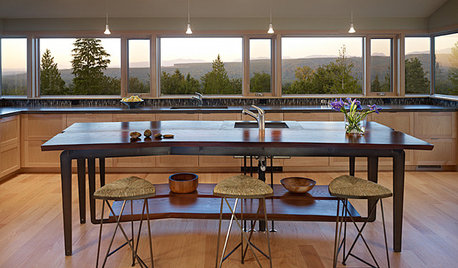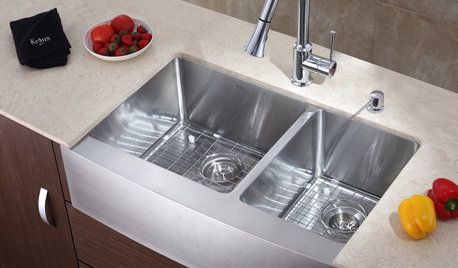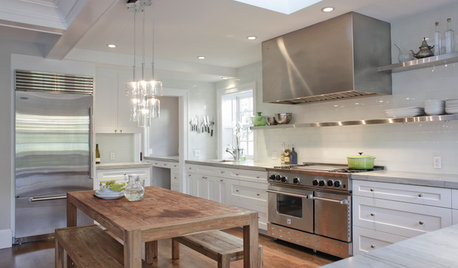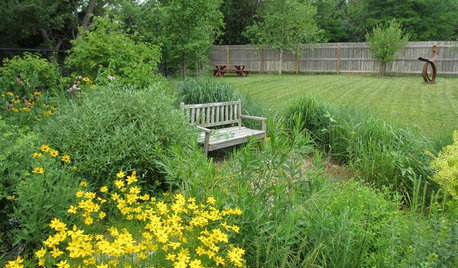Hardwood composts
bradarmi
16 years ago
Related Stories

DECORATING GUIDESSo Your Style Is: Green
Way beyond a hue on a paint chip, green means a healthy home with a unique style designed around sustainability
Full Story
GARDENING GUIDESNew Ways to Think About All That Mulch in the Garden
Before you go making a mountain out of a mulch hill, learn the facts about what your plants and soil really want
Full Story
KITCHEN DESIGN16 Practical Ideas to Borrow From Professional Kitchens
Restaurant kitchens are designed to function efficiently and safely. Why not adopt some of their tricks in your own home?
Full Story
LANDSCAPE DESIGN15 Great Ideas for a Lawn-Free Yard
End the turf war for good with hardscaping, native grasses and ground covers that save water and are easier to maintain
Full Story
MOST POPULAR8 Little Remodeling Touches That Make a Big Difference
Make your life easier while making your home nicer, with these design details you'll really appreciate
Full Story
FARM YOUR YARD6 Things to Know Before You Start Growing Your Own Food
It takes time and practice, but growing edibles in the suburbs or city is possible with smart prep and patience
Full Story
HOUSEPLANTS8 Essentials for Healthy Indoor Plants
Houseplants add so much to our homes — and can thrive when grown in the right conditions. Keep these tips in mind
Full Story
KITCHEN DESIGNCooking With Color: When to Use White in the Kitchen
Make sure your snowy walls, cabinets and counters don't feel cold while you're riding white's popularity peak
Full Story
GARDENING GUIDESHow to Design a Garden That Lasts
Climates are changing. Wildlife is evolving. Can your garden keep up?
Full Story



milesm4
tsugajunkie z5 SE WI ♱
Related Discussions
Bag of Hardwood Mulch now Compost?
Q
If I compost, do I need to add hardwood mulch?
Q
Wood Pellets for Compost tumbler - Hardwood or Pine?
Q
Rhododendron border bed pH
Q
bradarmiOriginal Author
dorisl
tsugajunkie z5 SE WI ♱
kasmiller25_hotmail_com
danegelderian1_yahoo_com
bob64
kqcrna
Kimmsr
bradarmiOriginal Author
kqcrna
cowgirl2
maryann_____chgo
tsugajunkie z5 SE WI ♱
bradarmiOriginal Author
squonnk
kqcrna
squonnk
kqcrna
squonnk
kqcrna
bob64
bradarmiOriginal Author